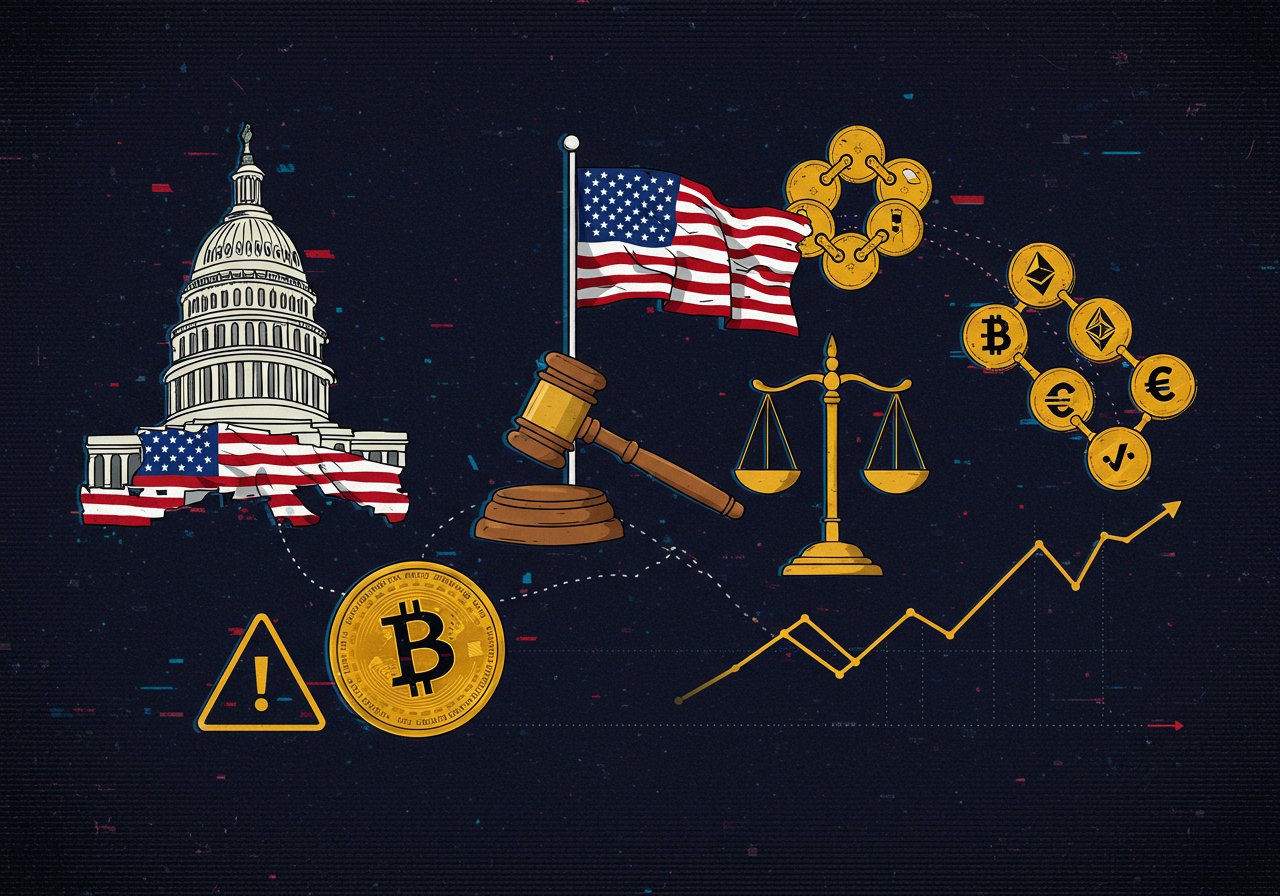
A New Asset Class for Sovereign Investment
The world is on the cusp of a financial evolution, with governments increasingly recognizing the potential of digital assets. The United States, in particular, has made significant strides with its Strategic Bitcoin Reserve and US Digital Asset Stockpile. However, the discussion around government-held crypto reserves remains incomplete without including Decentralized Physical Infrastructure Network (DePIN) tokens.
DePIN represents a paradigm shift in infrastructure development, empowering communities to build and operate essential networks like telecommunications. These networks are self-governed, and rewards are distributed to individual contributors. This decentralized approach offers several advantages over traditional infrastructure models.
DePIN‘s Strategic Benefits
For countries like the US, incorporating DePIN tokens into their digital asset stockpiles holds immense strategic value. Here’s why:
- Economic Resilience: DePIN networks foster a self-sustaining gig economy around infrastructure, reducing reliance on large corporations and enabling communities to earn revenue through their contributions. This creates a more resilient and decentralized infrastructure ecosystem.
- Technological Leadership: By embracing DePIN, the US would reinforce its position as a leader in Web3 and blockchain technologies. DePIN‘s focus on decentralized ownership and community-driven innovation aligns with the principles of Web3.
- Sustainable Solutions: DePIN projects often optimize resource utilization using token incentives, aligning infrastructure deployment with demand. This approach leads to more sustainable and scalable solutions for sectors like the Internet of Things.
- Inflation Hedge: DePIN tokens, unlike Bitcoin, offer a potential hedge against inflation. The prices of core infrastructure services are part of the Consumer Price Index (CPI), allowing DePIN token holders to benefit directly from inflation increases or preserve their asset value.
A Global Network of Infrastructure
The inclusion of DePIN tokens in sovereign reserves has the potential to go beyond national boundaries. A supranational network of DePIN reserves could unite different types of infrastructure and grids across countries, reducing costs and friction between them. Imagine a future where electricity can be seamlessly distributed between countries with excess demand and supply, thanks to the decentralized and cross-border nature of blockchain technology.
A Strategic Imperative
Integrating DePIN tokens into sovereign digital asset stockpiles is not just a financial decision; it is a strategic imperative. As the world shifts towards decentralized economies, countries need to position themselves at the forefront of this transformation. Embracing DePIN today will be crucial for leading in the next era of global innovation.
“The future is decentralized. Investing in DePIN will also ensure that national infrastructure remains affordable and not subject to national-level deployments requiring massive tax hikes to fund, enabling a future where physical infrastructure assets are affordably maintained.” – Raullen Chai, co-founder and CEO of IoTeX
By embracing DePIN, countries can foster a future where communities are directly involved in infrastructure development, leading to increased innovation, cost-effectiveness, and a more resilient and decentralized global infrastructure landscape.


